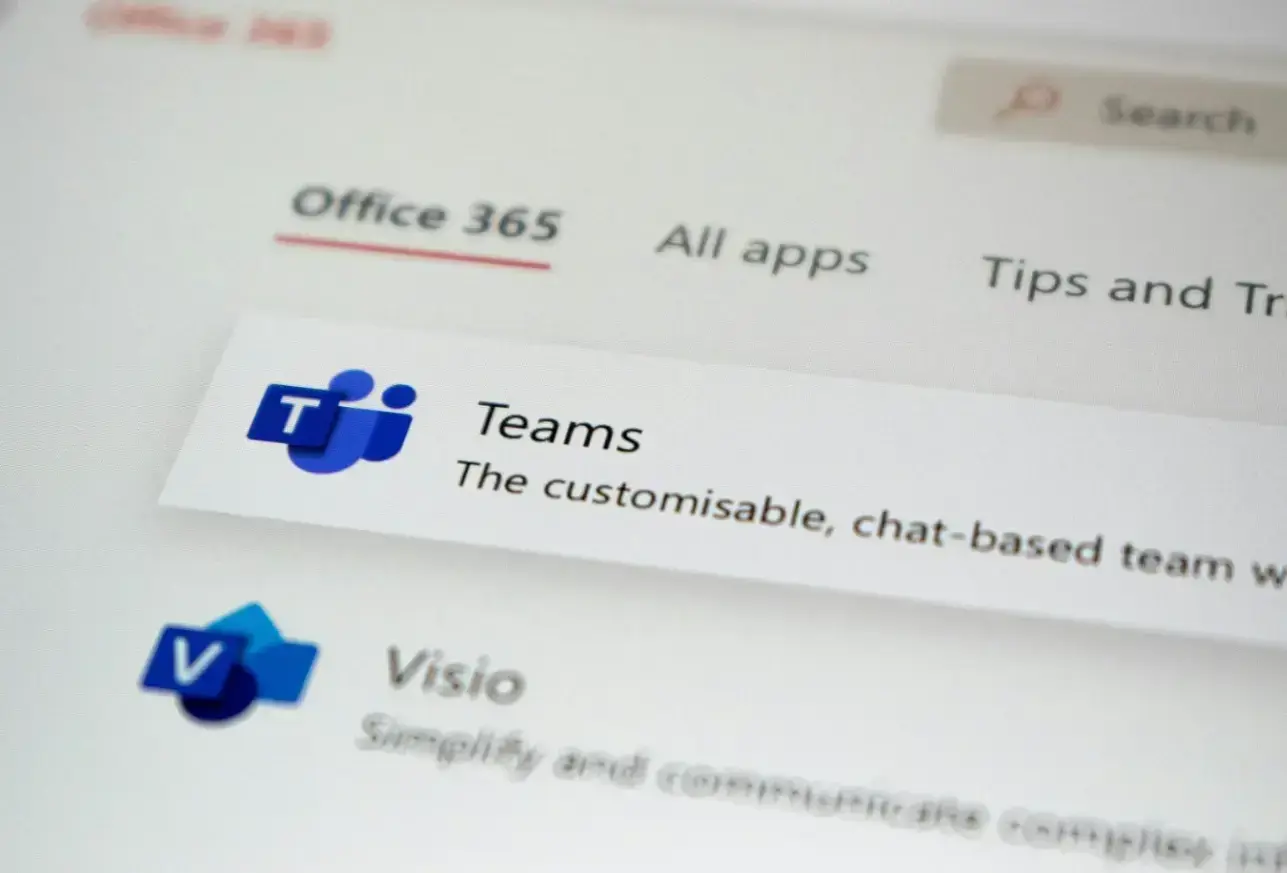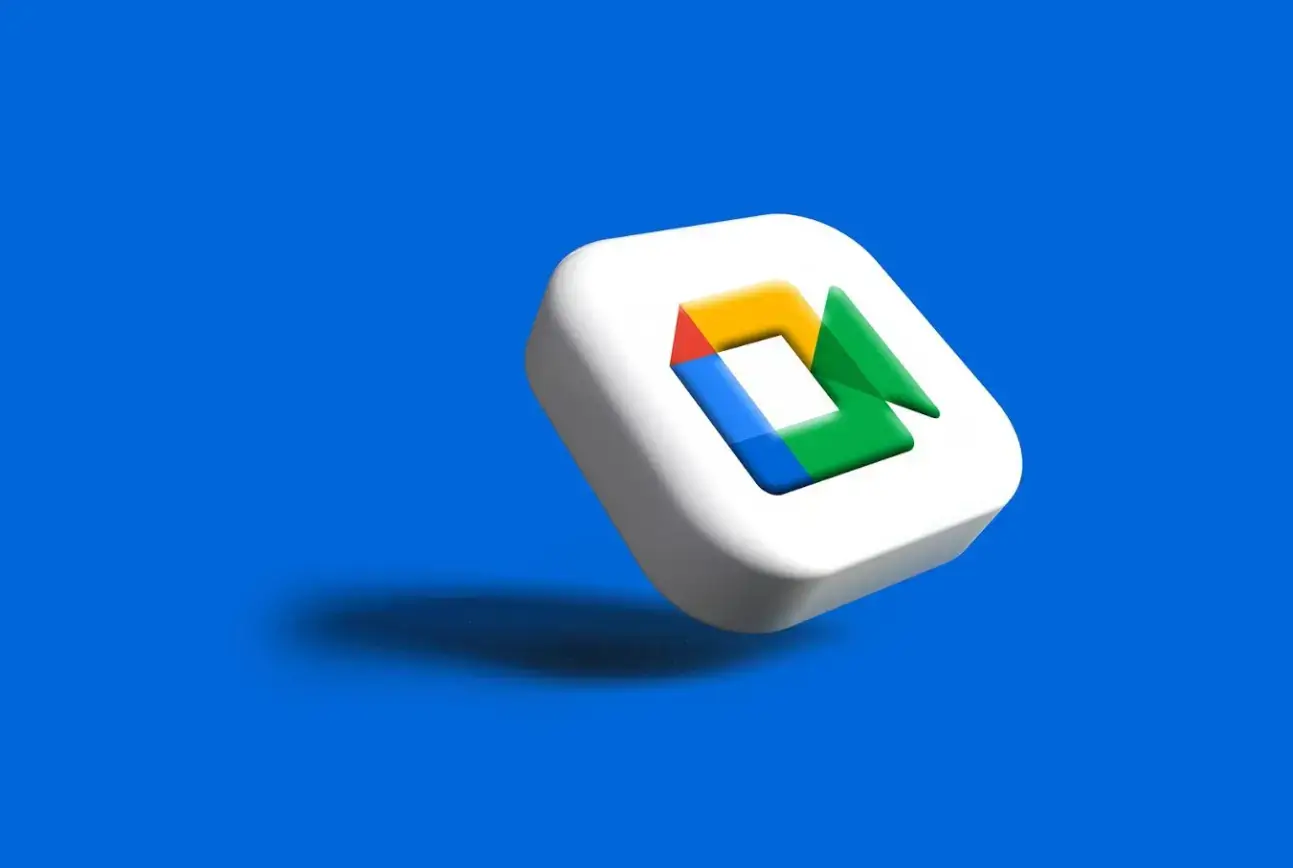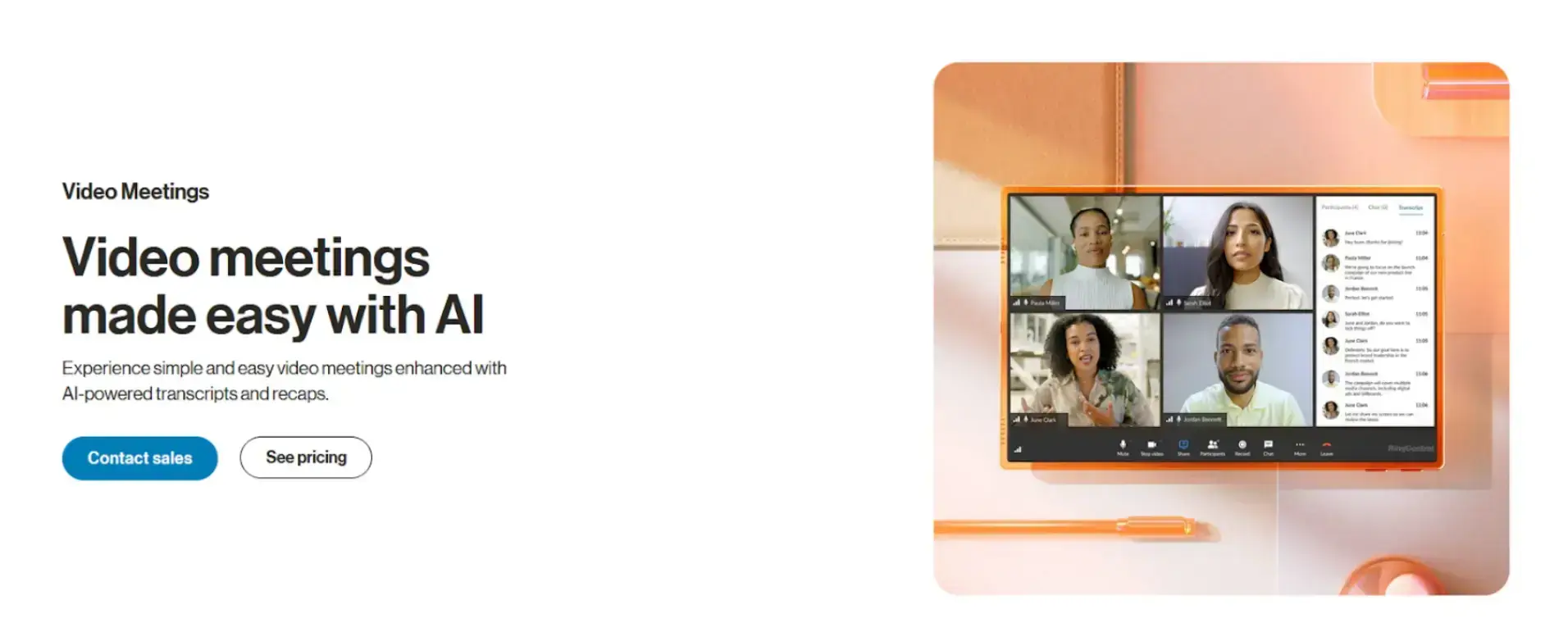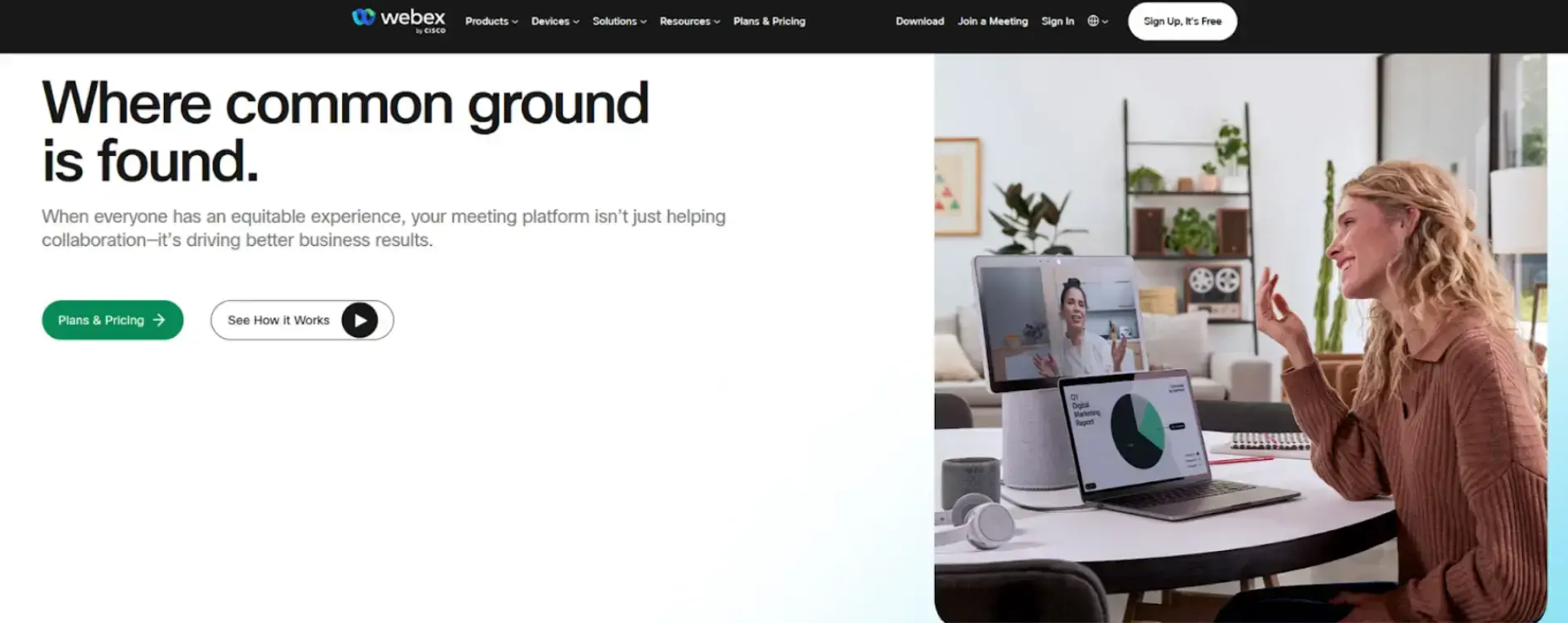Juggling the tasks involved in running a small business is one of the trickiest aspects of being an entrepreneur, especially when you also need to squeeze meetings into your schedule. This is where video conferencing and remote work software can make a huge difference.
In the last few years, video conferencing has grown massively in popularity, and the global market is expected to reach a whopping $26.83 billion by 2033. This means more options with better functionality and features for collaboration, such as screen sharing, AI assistance, and whiteboards.
Many of these tools now include smart features that automatically transcribe video meetings, saving you time on note-taking and making it easier to review key points later.
However, it can also make finding the best remote work software to suit your needs more difficult. That’s where we come in. Discover our picks of the five essential video conferencing tools for small businesses.
Article Shortcuts:

Source: Unsplash
Top 5 Video Conferencing Tools for Small Businesses
We’ll examine each of these below. Learn about their features, pros and cons, and why we think they’re an excellent option for small businesses looking to streamline their processes.

Source: Unsplash
1. Zoom Workplace
There are plenty of good reasons why Zoom Workplace is at the top of our list and has over 300 million active daily users. Whether you opt for the free Basic plan or one of the paid plans, you can access an impressive range of features and tools.
Some of these features include chat, screen sharing, breakout rooms, post-meeting summaries, calendar and email integration, and a whiteboard with templates and illustration tools.
Whether you need to have a quick meeting with a supplier or brainstorm a marketing campaign with your team, Zoom Workplace can help you make it happen.
Pros
- Capacity for up to 300 meeting participants, depending on plan.
- Features such as built-in video editing, whiteboards, and polling.
- Powerful AI Companion.
Cons
- Low-tier plans offer a limited number of whiteboards.
- You can’t include your entire team under one account with the free plan.

Source: Unsplash
2. Microsoft Teams
Designed to meet almost all team communication and collaboration needs, Microsoft Teams is a worthy rival to Zoom. Thanks to virtual space technology, this remote work software offers immersive 3D meetings.
In addition, Microsoft Teams boasts various features to enable better collaboration, such as calendar integrations, team chat, live whiteboards, AI transcription, and live captions.
You also get Word, Excel, Clipchamp, PowerPoint, and other Microsoft 365 apps for document co-editing.
One of the best aspects of this video conferencing platform is that the paid plans are more affordable than many other platforms.
Pros
- Distinctive tools for 3D meetings.
- Excellent suite of built-in apps for co-editing documents.
- Affordable paid plans.
Cons
- There are not many in-meeting collaboration features.
- No free basic plan.

Source: Unsplash
3. Google Meet
As part of Google Workspace, Google Meet integrates flawlessly with the rest of the Google ecosystem, including Gmail, Calendar, Chat, Drive, and Sheets.
This cost-effective, user-friendly video conferencing tool also integrates well with other remote work software, offering you and your team significant freedom regarding the software you use.
Although Google Meet lacks the extensive features of Zoom or Microsoft Teams, it still offers a range of collaborative tools. Among them are breakout rooms, polls, and real-time captions.
With the free plan, you can host one-hour meetings with large groups of participants or uncapped meetings between two people. Paid plans offer features such as appointment booking, custom email domains, collaborative video editing, and document e-signatures.
Pros
- The free plan offers great features such as summaries, note-taking, and real-time transcripts.
- Integrates well with Google Workspace and other apps and software.
- User-friendly setup, scheduling, and invitations.
Cons
- No whiteboards.
- Chat could be integrated better.

Source: RingCentral
4. RingCentral Video
RingCentral Video is an AI-focused video conferencing tool with excellent collaboration features and video quality. While the paid plans are pricier than other platforms, the free Video Pro plan is one of the best available.
The free plan offers a range of AI features that most other remote work software platforms don’t offer with their free options. Some features you get with the free plan include summaries, transcriptions, context for actions, dial-in and dial-out, highlight reels, and keyword detection.
You can also share highlights, notes, video recordings, and whiteboards.
Pros
- Easy-to-use collaborative notes.
- The free plan offers intelligent AI features.
- Dial-in and dial-out functionality on the free plan.
Cons
- Whiteboards aren’t as good as other video conferencing tools.
- Paid plans have fewer features than other platforms.

Source: WebEx
5. WebEx
Offering unique features for audience engagement, WebEx has more than earned its spot on our list. All the platform’s plans, including the basic free plan, offer tools to make collaboration easier.
Some of the highlights of this remote work software include annotating directly on shared screens, unlimited whiteboards, and clip editing (which no other video conferencing tool’s free version offers).
Webex’s paid plans offer integration functionality designed for real-time audience engagement and feedback.
You can create surveys, polls, or quizzes for all participants, making this the ideal video conferencing tool for developing remote team cohesion and encouraging collaboration and audience participation.
Pros
- Features-rich free plan.
- In-meeting data can be shared and used on other platforms.
- Top-notch polling features.
Cons
- Video clarity could be improved.
- The free plan doesn’t include AI features.
FAQs about Video Conferencing Tools
1. What is video conferencing software?
Video conferencing tools let you host online video meetings for hundreds of attendees. These remote work software tools usually include whiteboards, screen sharing, and other collaboration features.
2. Is there a free video conferencing platform with no time limit on meetings?
Of those in our selection of video conferencing tools for small businesses, only Google Meet’s free plan has no time limit on one-to-one meetings. The rest limit meetings to an hour or less.
3. Which is the best video conferencing tool?
While Zoom is the most popular remote work software platform, the best video conferencing tool depends on your business’s needs.
Conclusion
All five video conferencing tools have the power to transform the way you meet, collaborate with your team and suppliers, and engage with your customers.
However, it is important to choose the right one for your business and its needs.
The most important factors to consider are features and value. Consider choosing a platform that’s easy to use while offering robust features for collaboration.
Pay attention to the free plans, as you can find those offering an array of features while avoiding paying for plans loaded with features you won’t use, such as email domains.
Choose the right remote work software, and you’ll save time, money, and effort in taking your small business to the next level.
Author Bio
Freelance editor, gamer, cat mommy, and self-care advocate, Ida Ohlsson enjoys simple pleasantries in life like an afternoon stroll or sipping morning tea while reading her favorite book. She takes pleasure in reading and writing topics that promote wellness and a healthy lifestyle.


